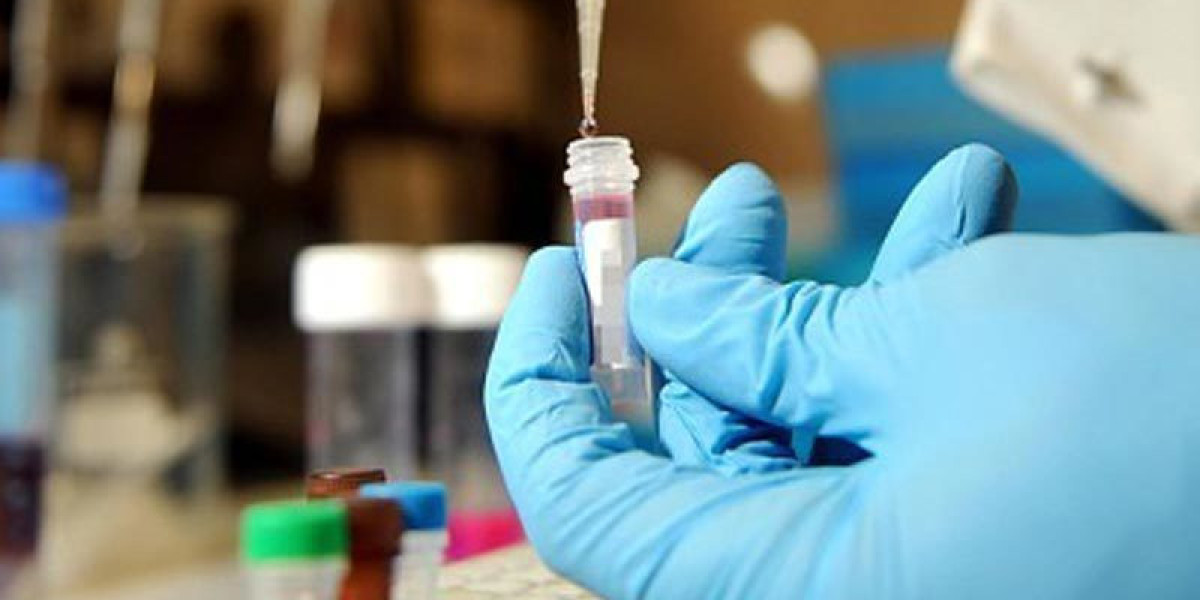Parasitic worm infections, also known as helminthiasis, represent a significant public health issue, especially in developing regions where sanitary conditions, clean water access, and healthcare infrastructure are inadequate. These infections are caused by various species of helminths, including roundworms (nematodes), flatworms (trematodes), and tapeworms (cestodes).
Affecting hundreds of millions of people worldwide, they contribute to a range of health complications, particularly in children, who are the most vulnerable demographic. Helminthiasis, if left untreated, can lead to malnutrition, impaired cognitive development, and increased susceptibility to other diseases.
This article explores the global burden of parasitic worm infections, their impacts, and treatment strategies, with a focus on the role of Nizonide 500mg, a widely used medication in treating certain helminth infections.
Prevalence and Global Distribution
Helminth infections are predominantly concentrated in tropical and subtropical regions, where poverty, lack of proper sanitation, and limited access to clean water are common. Countries in sub-Saharan Africa, Southeast Asia, and parts of Latin America are among the most affected. According to the World Health Organization (WHO), over 1.5 billion people nearly 24% of the world's population are infected with soil-transmitted helminths (STH), which include roundworms, whipworms, and hookworms. Other significant helminth infections include schistosomiasis (affecting over 200 million people) and lymphatic filariasis, which has left millions suffering from chronic conditions like lymphedema.
Children are disproportionately affected by helminth infections. For example, in many sub-Saharan African and Southeast Asian countries, it is estimated that between 40-60% of school-age children are infected with at least one species of helminth. These infections exacerbate poverty, as infected individuals often experience reduced work and educational productivity, contributing to a vicious cycle of illness and economic hardship.
Types of Helminths and their Impacts
Roundworms (Nematodes)
These include species like Ascaris lumbricoides (roundworm), Necator americanus (hookworm), and Trichuris trichiura (whipworm). Infections often occur through ingestion of eggs present in contaminated soil or through skin penetration by larvae, particularly with hookworms. The worms reside in the intestines, causing nutritional deficiencies by robbing the host of essential nutrients.
Ascaris infections can lead to intestinal obstruction, while hookworms are notorious for causing anemia due to their blood-feeding habits.
Trichuris infections are associated with diarrhea and rectal prolapse, especially in children.
Flatworms (Trematodes)
These include schistosomes, which cause schistosomiasis. The parasite enters the body through freshwater contact, where infected snails release larvae. Schistosomes affect the liver, urinary bladder, and intestines, leading to chronic conditions like liver fibrosis, bladder dysfunction, and increased susceptibility to bladder cancer.
Tapeworms (Cestodes)
Infections occur through ingestion of larval cysts in undercooked meat (pork or beef), leading to diseases like taeniasis and cysticercosis. Tapeworm larvae can cause severe neurological conditions like seizures if they migrate to the brain (neurocysticercosis).
Socioeconomic and Health Burden
The burden of helminth infections is not solely medical but also socioeconomic. The disability-adjusted life years (DALYs) lost to helminth infections are staggering, particularly in regions with limited healthcare access. Helminthiasis often leads to:
Malnutrition and Growth Impairment
Parasitic worms, particularly hookworms, interfere with the absorption of nutrients, leading to stunted growth and cognitive deficits in children. Anemia caused by hookworm infections is especially detrimental to pregnant women, increasing the risk of maternal mortality and low birth weight.
Educational Impact
Infected children often suffer from fatigue, poor concentration, and absenteeism, which significantly hinders their academic performance. Studies show that regular deworming programs in schools can lead to improved educational outcomes.
Economic Consequences
The productivity loss from adults unable to work due to chronic helminth infections has a profound impact on communities, particularly in agricultural and labor-intensive economies.
Treatment and Control Strategies
The control of parasitic worm infections involves a multi-faceted approach, including public health interventions like mass drug administration (MDA), improved sanitation, and education on hygiene practices. Several antiparasitic medications are used in deworming programs, and nizonide 500mg (nitazoxanide) has emerged as an important drug in the treatment of certain parasitic infections.
Nizonide 500mg: Role in Treating Parasitic Infections
Nizonide 500mg contains nitazoxanide, an antiparasitic medication that was initially developed for treating protozoan infections such as cryptosporidiosis and giardiasis. However, its broad-spectrum activity has also shown efficacy against helminths, making it a valuable addition to the deworming toolkit.
Nitazoxanide works by inhibiting an enzyme that is essential for the energy metabolism of parasites, disrupting their ability to grow and reproduce. While nitazoxanide is primarily used against protozoan infections, research has indicated its potential against certain helminths, particularly in combination with other anti-parasitic drugs.
Usage and Effectiveness
Nizonide 500mg is administered orally, typically for a duration of three days. It is generally well-tolerated with few side effects, making it suitable for both adults and children. Studies suggest that nitazoxanide, in combination with albendazole, can enhance the effectiveness of treatment for certain types of helminth infections, including hookworm and Ascaris lumbricoides.
Safety Profile
Nizonide is considered safe for use in most populations, including children and immunocompromised individuals, which is a significant advantage in areas where malnutrition and co-infections (like HIV) are common.
Challenges in Eradication and Future Outlook
Despite the availability of effective treatments like Nizonide 500mg and others, the global eradication of parasitic worm infections faces numerous challenges:
Re-infection
In endemic areas, even after successful treatment, individuals often become re-infected due to persistent exposure to contaminated environments. This underscores the need for long-term, sustainable interventions, including improved sanitation and hygiene infrastructure.
Drug Resistance
Over-reliance on a small number of deworming drugs has raised concerns about the potential for drug resistance. Although nitazoxanide has a unique mechanism of action, the emergence of resistance in other parasitic infections signals the need for continuous monitoring and the development of new antiparasitic agents.
Access to Healthcare
Many of the regions most affected by helminth infections lack adequate healthcare systems, making mass drug administration difficult to implement on a wide scale. In addition, logistical challenges, such as reaching remote populations and ensuring medication adherence, complicate eradication efforts.
Funding and Political Will
Sustained investment in public health campaigns and global initiatives, like the WHO’s roadmap for neglected tropical diseases (NTDs), is crucial to reducing the burden of helminth infections. However, in many regions, political instability and competing health priorities hinder progress.
Conclusion
Parasitic worm infections remain a major global health challenge, particularly in the world’s poorest regions. Despite significant advancements in treatment, including the use of Nizonide 500mg, the eradication of helminthiasis will require comprehensive strategies involving sanitation improvements, public health education, and continued investment in medical research. Collaborative global efforts are necessary to alleviate the immense health and socioeconomic burden caused by these infections, with the ultimate goal of achieving long-term control and eventual eradication.














